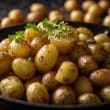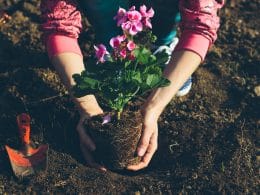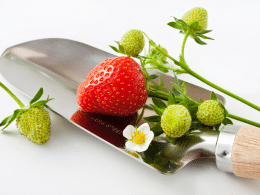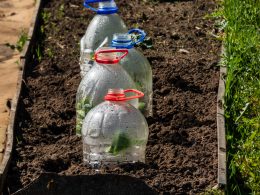You maybe thinking about growing your own food, what’s better in a time of crisis than self-sustainability?
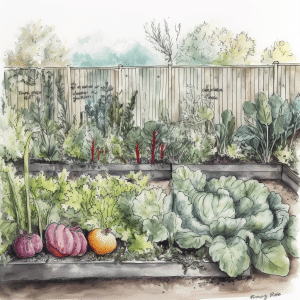
But here’s the issue, you want, quick, fast, rapido results that yield a tidy first harvest of yummy veg, and fresh produce without all the fuss.
From micro-greens to leafy greens, there’s something for everyone and every space in our list of 11 fast growing vegetables, and we’ve even included some recipe ideas, so you can stop thinking purely about a salad bowl.
So, my impatient gardeners, what are you waiting for?! Get stuck in and start growing!
The Fastest Growing Vegetables to plant this Spring
Microgreens
Super easy to grow and super easy to harvest, this plant is absolutely beginner-friendly.
In about 10 days, you can harvest your microgreens and include it in your salad.
Growing only a small pot of microgreens might not be able to fulfill your family’s need of vegetables, but you can grow a lot of them around your home!
When growing your baby shoots, use a shallow tray to grow microgreens and sow the seed densely in 1 to 2 inches of moistened potting soil.
Garden Cress
Garden cress or Lepidium sativum is a great vegetable for your sandwich or soup.
This vegetable plant can be grown indoor around your windowsill or outdoor.
It means you can grow this plant even if you live in an apartment.
Or you can wait until the plant flowers and goes to seed.
The cress seeds can be used as a spice in curries, soups, or pickles.
A front-runner, in terms of speed, garden cress can be ready for harvest in as quickly as 3 weeks.
Leafy Greens – Arugula
Arugula or Eruca sativa is one of leafy greens that considered as superfood.
It is rich in antioxidants and can be harvested in about 5 weeks.
You can plant it in early spring or even as late as fall, but it needs sun to grow well.
Arugula can be planted in container or in soil, but wherever you plant it, make sure the soil is well-drained.
Spinach
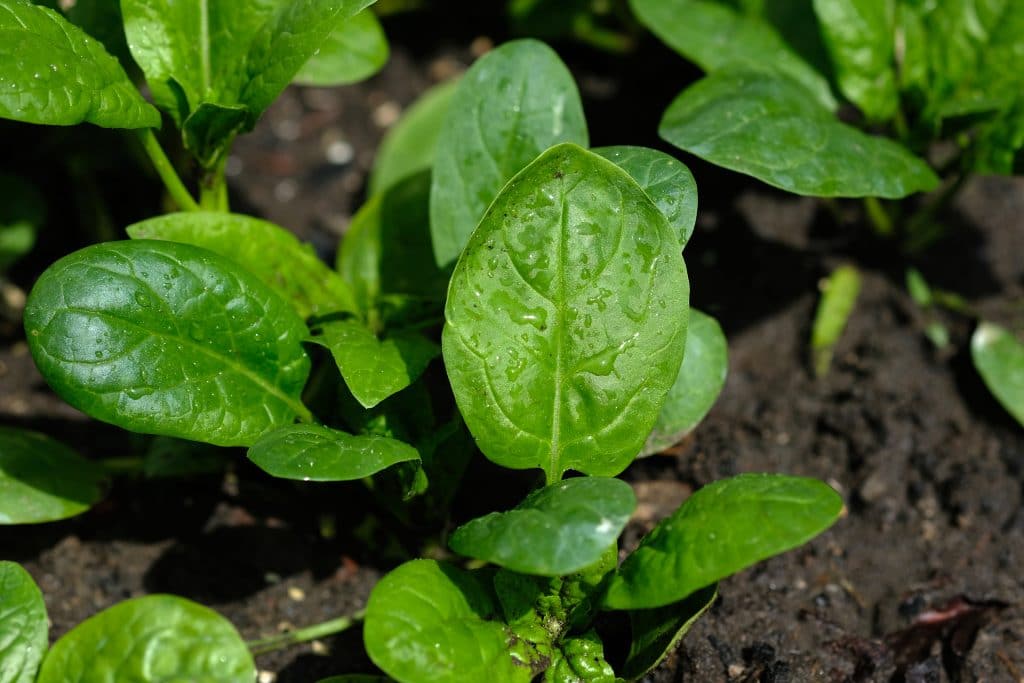
Fantastic in calzones, pesto, lasagna, and so many other meals even a simple clear soup.
Spinach is a very healthy vegetable. It is a rich source of antioxidants, vitamins, and minerals. It has anti-inflammatory properties and can help protect against cancer. Spinach is also high in fiber and low in calories.
Spinach can be harvested in approximately 6 weeks from the day you sow seeds.
Baby Carrots
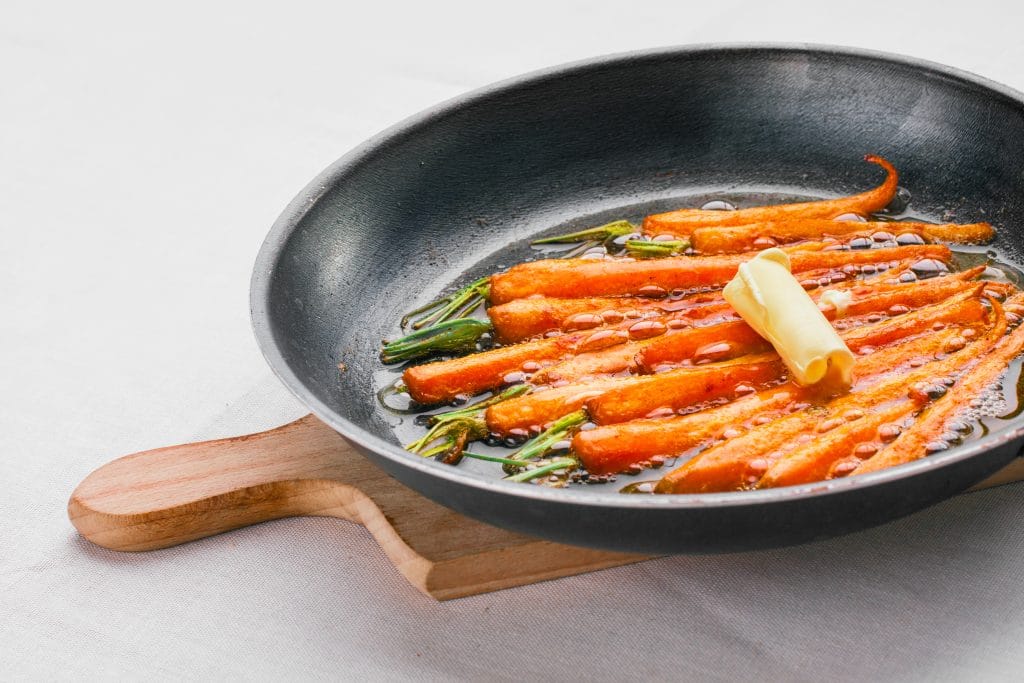
If you need some bright vegetable in your dish you can add carot.
And guess what, you can grow carrot at home!
Growing full mature carrot might takes 10 weeks or more.
But you can harvest it earlier and take it as baby carrot! Not the quickest harvest, expect your carrots to be ready in around 8 weeks.
Here are a quick few recipe ideas that use baby carrots as an ingredient:
- Baby Carrot and Hummus Salad
- Baby Carrot and Avocado Salad
- Carrot and Date Quinoa Salad
- Raw Baby Carrot Falafel
Turnip
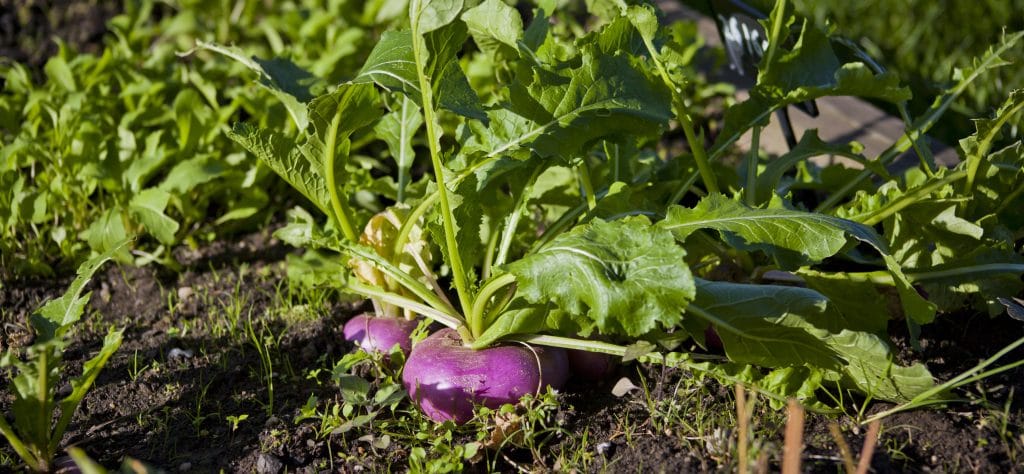
If you love smart work instead of hard work you probably need to plant turnips.
Because you can harvest both the roots and the leaves (turnip greens)!
It means that you can have two kind of veggies when the harvest day come!
Turnip harvest time is just six weeks, depending on the variety.
Radish
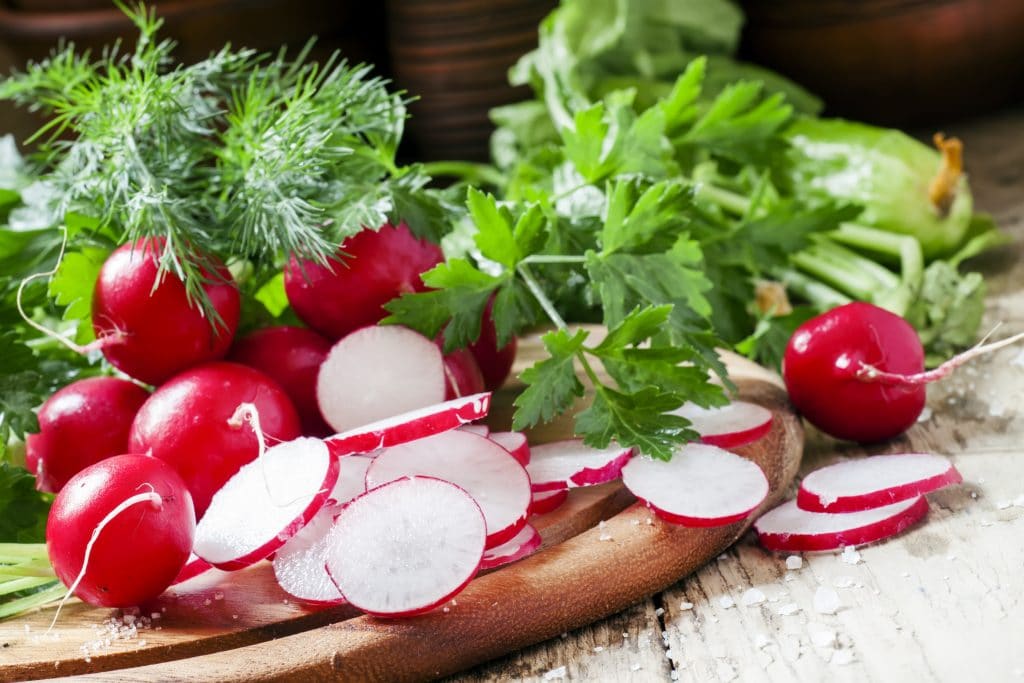
Radish can be sauteed, baked, or simply roasted for tasty dinners.
When you have mature radish plants at home, you can harvest both its root and its outside leaves.
You can harvest radish in abut 4 weeks.
Lettuce
Now if you want some wide greens in your menu, you may need some lettuce.
And you can grow lettuce quickly!
Some lettuce varieties can be harvested in 6-7 weeks.
This crispy leafy vegetable is perfect for sandwich, burger, and of course salad!!
Bok Choy (Pak Choi)
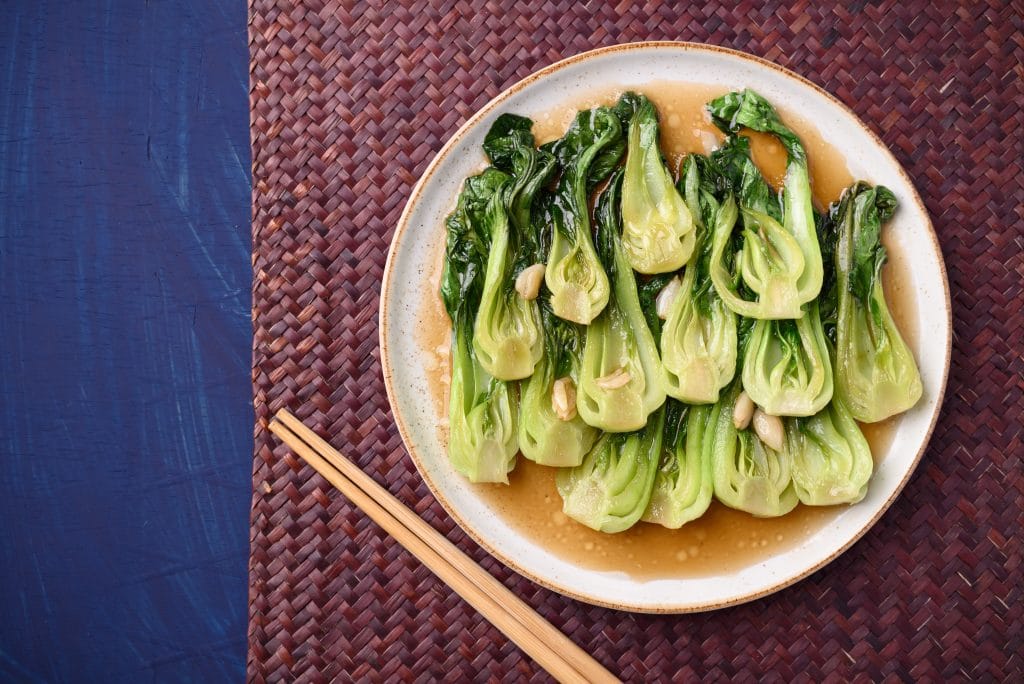
Everybodies favourite asian greens – Incredible in Ramen and Stir Fries alike.
Bok choy is a beautiful green vegetable which is perfect for crunch-lovers and has a slight peppery flavor. Listen out for that crunchy sound when you bite the “stem”.
Expect to harvest your bok choy around 6 weeks from planting. Although it will grow quickly, it’s worth waiting for the leaves to reach their full potential and allow them to grow for a bit longer.
Zucchini
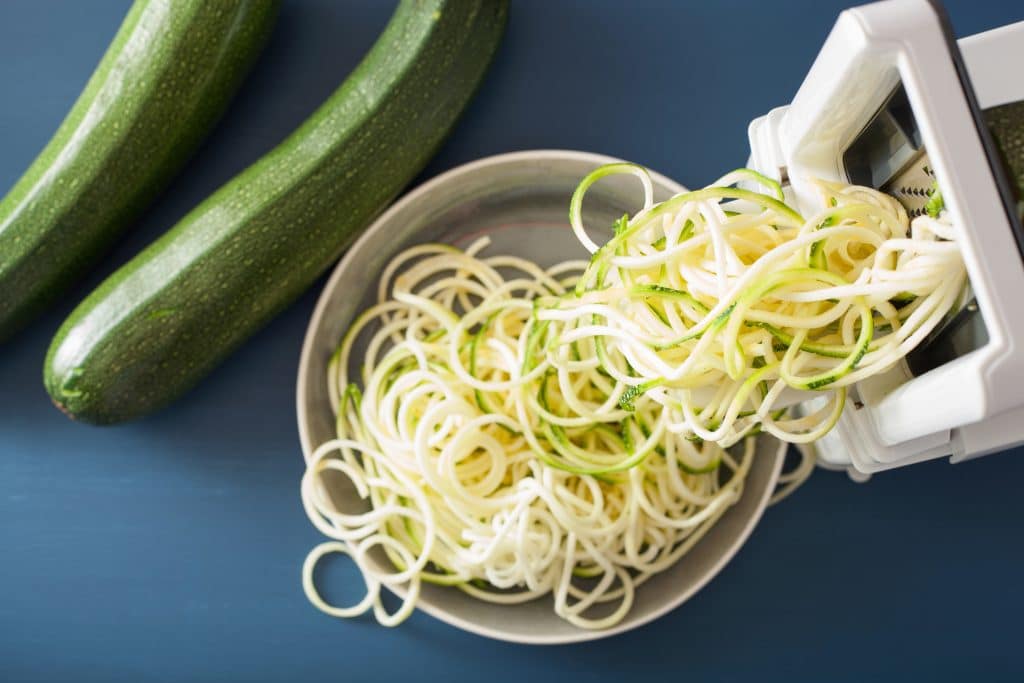
Zucchini is a type of fruit, fast growing & smaller than a cucumber and round in shape with muted colors; it is somewhere between green and light yellow.
First developed by the Italians, this fruit has been popular in Europe for a long time because it fills you up without making you feel too full or heavy and is mild tasting. This member of Cucurbitaceae is loaded with vitamins and minerals, which is very healthy.
Growing zucchini at home is possible as long as you have a well-drainage soil. You can grow zucchini from seed in a pot and give it a good exposure of sunlight. They also tend to be a little hardier than most, so they are quite happy in colder temperatures.
Most zucchini plants are ready to harvest in about 5 weeks.
Super versatile, and one of our favourites here at One Does Simply, Zucchini goes with many dishes. One of our favs are Zoodles, a healthy alternative to wheat or rice based noodles.
Not sure what to serve with your Zoodles? Be sure to check out this incredible guide if you’re thinking about some healthy substitues to traditional noodles.
Tatsoi
Tatsoi might not be as popular as other vegetables in this list – an Asian vegetable with green leaves that you can use in various dishes either being lightly cooked or served raw, so it easily fits in to most diets. Tatsoi is a great source of vitamins and minerals, which are beneficial for your health.
You can use Tatsoi in various dishes either being lightly cooked or served raw. Harvest time is around 6-7 weeks.
Fantastic vegetables in a stir fry or even raw in salads.
Summary
Although the above list comprises of our favourite 11 fast growers, this is certainly not, a complete list, some notable omissions include:
- Beans
- Chives
- Cress
- Dill
- Mint
- Parsley
- Rocket
- Mustard Greens (Indian Mustard)
- Green Onions (Spring Onions)
- Swiss Chard
- Radishes
- Bush Beans
- Chinese Cabbage (Napa Cabbage)
- Red Russian Kale
- Mangetout (Snow pea)
These are all incredibly fast growing plants which can be harvested in a matter of weeks, and can provide you with a steady supply of fresh produce throughout the spring and summer months.
Roll up your sleeves, get stuck in and enjoy the fruits of your labour! Not too sure on exactly where to begin? – It’s ok, we have that covered here as well:
A quick and dirty guide to getting your Rapid Vegetable Garden Setup
To get started, you need to focus on the most effective uses of your time.
There are a few key things to consider when starting a vegetable patch – the most important of which is choosing plants that will grow quickly and easily. Some of the best vegetables to grow include lettuce, radish, bok choy, zucchini, and tatsoi. These plants can be started from seedlings, and most will be ready to harvest in just a few weeks.
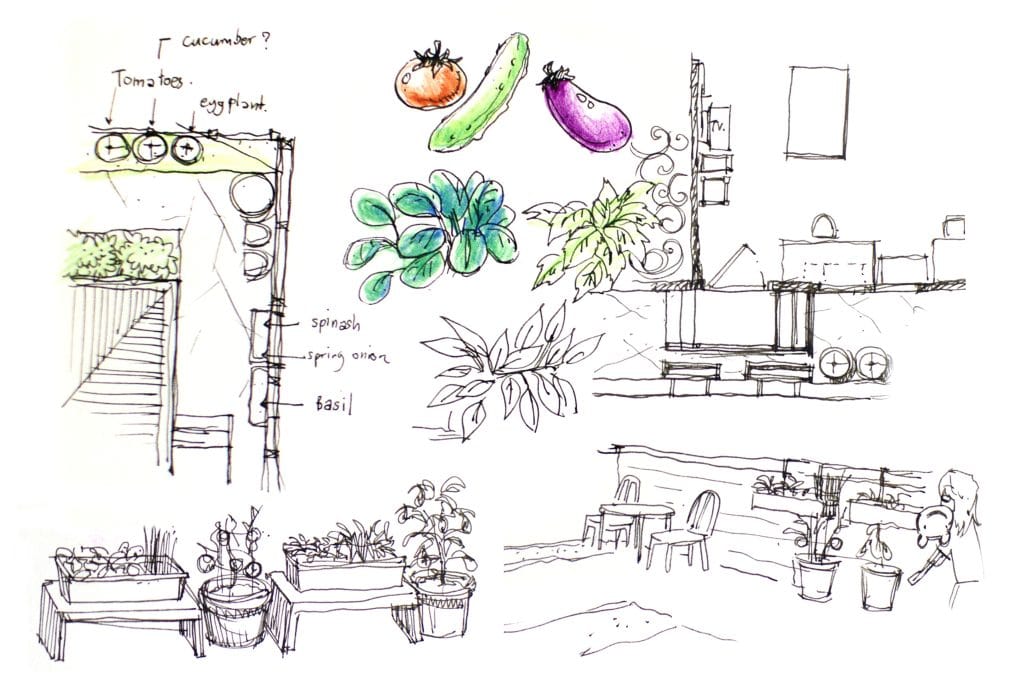
Another key factor in starting a successful vegetable garden is ensuring that your plants have access to plenty of sunlight and water. Be sure to choose a spot in your yard that gets at least six hours of sunlight per day, and make sure to water your plants regularly (at least once per day).
Finally, it is important to have the right tools on hand when starting your vegetable garden. A few essential items include a trowel, hoe, rake, and watering can. Having these tools will make it much easier to care for your plants and ensure that they thrive.
Here’s the most important tips to get moving in the right direction:
- Prior Planning Prevents P*** Poor Performance – If you jump in with no plan, you’re not going to be effective. At least have some idea as to where you want your plants, and how you want your quick growing veggie patch laid out.
- Choose the right location for your garden. – The location should have enough sunlight and good drainage.
- Prepare the soil by tilling it and adding organic matter – If you’re new to gardening, starting a vegetable patch can seem like a daunting task. But with a little planning and some basic knowledge, you can be well on your way to harvesting your own.
- Pick the Right Plants – Not all vegetables are created equal when it comes to how fast they grow. Some, like lettuce and spinach, can be harvested in as little as six weeks. Others, like carrots and turnips, can take 10 weeks or more. Pro tip: When you’re planning your garden, be sure to choose plants that will fit. Hopefully our guide has helped!
- Start With Seeds or Seedlings – One of the quickest and easiest ways to get your garden growing vegetables is to start with seeds or seedlings. If you start with seeds sown directly, be sure to plant them at the correct depth and keep the soil moist until they germinate. If you’re using seedlings, be careful not to damage the roots when you transplant them.
- Water & Water again – Once your seeds or seedlings are in the ground, they’ll need to be watered regularly. Depending on the weather and the type of soil you have, you may need to water once a day or even multiple times a day. Be sure to check the soil before you water to make sure it’s not already saturated.
- Fertilize is rocket fuel for growing – Fertilizing your plants will give them the nutrients they need to grow strong and healthy. There are many different types of fertilizer available, so be sure to choose one that’s right for the type of plants you’re growing.
- Weeds are the enemy – Unfortunately, weeds are a fact of life when you’re gardening. But by staying on top of them, you can minimize the impact they have on your plants. Be sure to pull them up by the roots so they don’t regrow.
- Protect Your Plants – Once your plants start to grow, you’ll need to protect them from pests and diseases. This can be done with physical barriers like fencing or row covers, or with chemical controls like herbicides and insecticides.
- Harvest like a boss – The most satisfying part of gardening is harvesting your bounty. Depending on the type of vegetables you’re growing, you may be able to achieve multiple quick harvests throughout the season.
Remember: the earlier you plant, the earlier you can harvest too.
The best time to plant a tree is 20 years ago. The second best time is now. (Chinese Proverb)
So, start planting (AND PLANNING!), save money and eat fresh.


